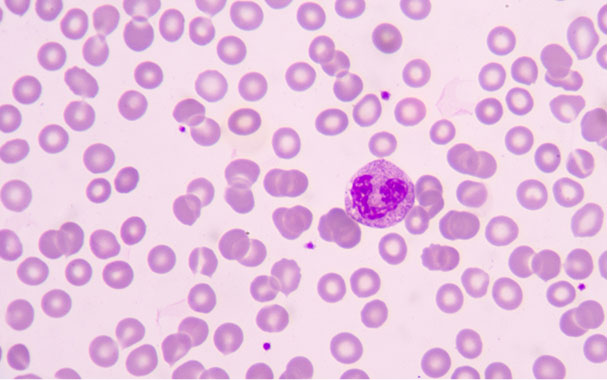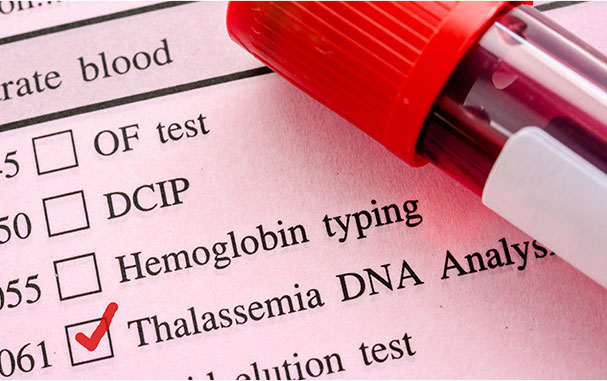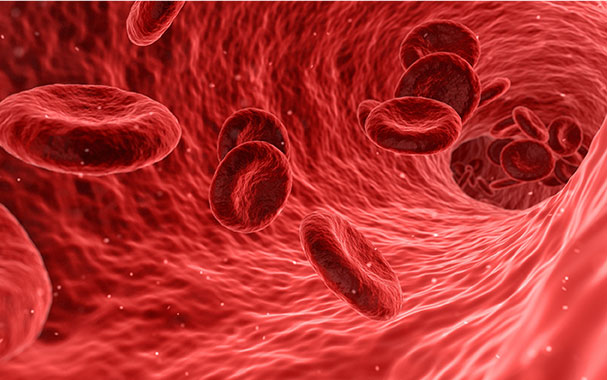Rare Diseases
Rare diseases affect a small percentage of the population. In the EU, a rare disease is defined as a condition that affects less than 5 per 10,000 people, while in the US, a rare disease is defined as a condition which affects fewer than 200,000 people. To date, about 7,000 types of rare diseases have been identified. Scinnohub aims to address the unmet medical needs in the treatment of beta-thalassemia, a rare disease on the GARD (Genetic and Rare Diseases) list.
Beta-thalassemia, an inherited hemoglobinopathy, is characterized by the dysfunctional beta-globin chains of hemoglobin leading to chronic hemolytic anemia. The disease may cause severe anemia, splenomegaly, skeletal abnormalities and iron overload, potentially leading to organ failure and early death. Beta-thalassemia is primarily found in developing countries in Africa, South Asia, Southeast Asia, the Mediterranean region and the Middle East while it is still considered to be a rare disease in the US and most of Europe. In China, the prevalence of thalassemia is about 2.21%.
Due to difficulties in finding a matched donor and dealing with immune rejection in allogeneic hematopoietic stem cell transplantation, current treatment options for most patients are still regular blood transfusions and iron chelation. However, these conventional therapies also have many challenges and limitations, including iron overload caused by long-term blood transfusion, poor compliance of iron-removal treatment, in addition to significant financial burdens.
Recently, mechanisms underlying the pathophysiology of beta-thalassemia, including genetic defects, dysfunctional erythropoiesis as well as iron overload have been elucidated. Scinnohub is interested in three potential targets for the treatment of beta-thalassemia, namely pyruvate kinase R (PKR), phosphodiesterase-9 (PDE9) and embryonic ectoderm development (EED) protein. PKR is a key enzyme for maintaining energy homeostasis in red blood cells (RBCs), and pyruvate kinase deficiency is one of the key features in beta-thalassemia. An allosteric activator of PKR can increase ATP levels in RBCs to maintain membrane integrity of RBCs and prolong the lifespan of RBCs. PDE9 catalyzes degradation of cyclic guanosine monophosphate (cGMP), an important second messenger capable of inducing expression of fetal hemoglobin (HbF) which replaces dysfunctional beta-globin chains. EED is one of the four core subunits of polycomb repressive complex 2 (PRC2) involved in transcriptional silencing. An allosteric inhibitor against EED can repress PRC2 activity, thus inducting HbF.
We are now focusing on the development of small-molecule drugs targeting PKR, PDE9 and EED, respectively, for the treatment of beta-thalassemia in order to normalize hemoglobin function, improve treatment compliance, reduce both disease and financial burdens, and ultimately improve quality-of-life of patients with beta-thalassemia. We believe that therapeutics developed at Sinnohub will benefit patients with beta-thalassemia, especially those living in resource-poor areas with limited access to regular and safe blood transfusions.
References
1. Madan U, Bhasin H, Dewan P, Madan J. Improving Ineffective Erythropoiesis in Thalassemia: A Hope on the Horizon. Cureus. 2021;13(10):e18502.
2. Bou-Fakhredin R, Tabbikha R, Daadaa H, Taher AT. Emerging therapies in β-thalassemia: toward a new era in management. Expert Opin Emerg Drugs. 2020;25(2):113-122.









